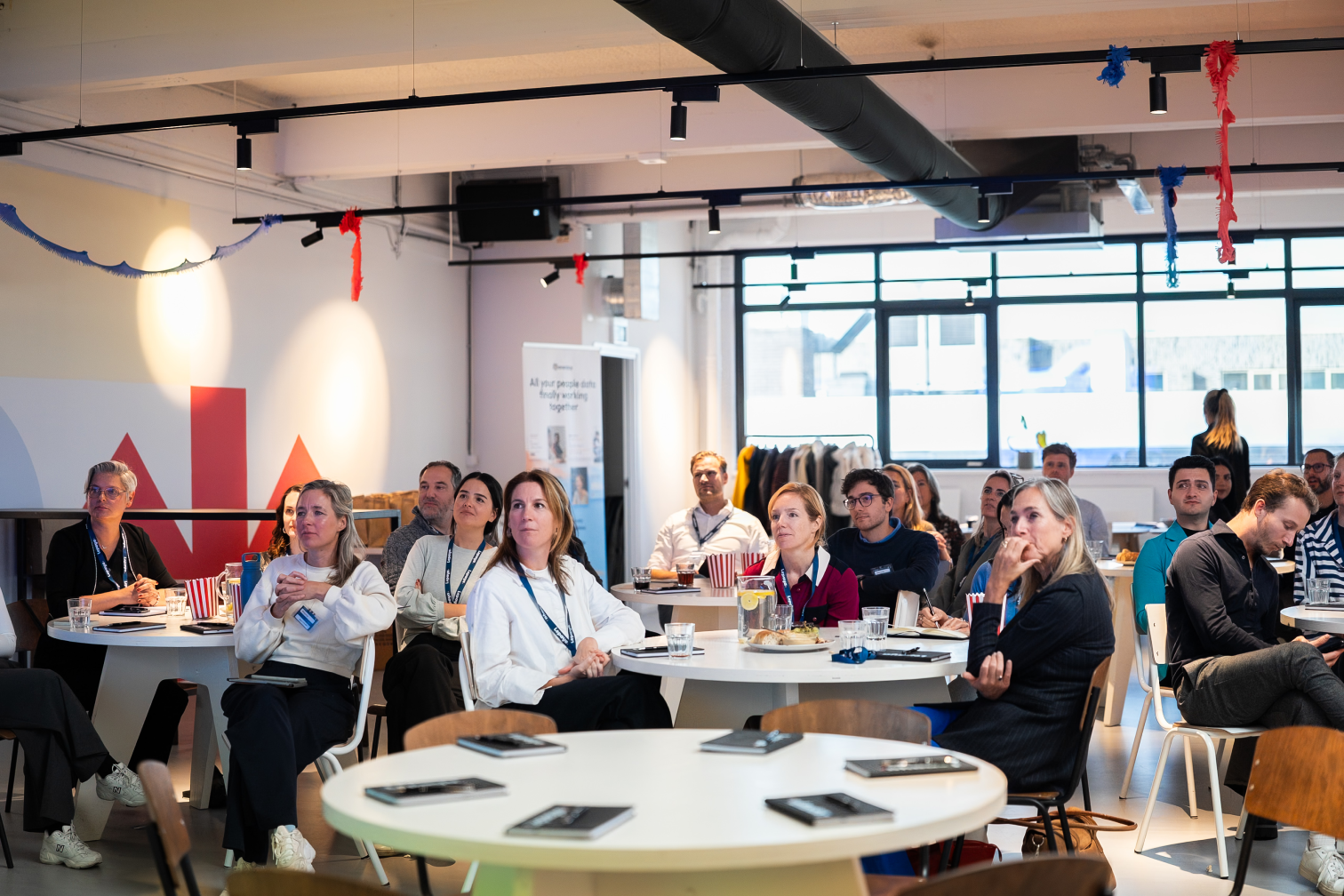Learning & development experts reveal top priorities for 2025
.png)
- Ensure your L&D portfolio is simple and accessible to deliver impactful learning.
- Learning should be built with employees, not for them. The more L&D understands the real obstacles learners face, the more impactful training will become.
- L&D leaders must enable change. The best teams act as performance consultants, aligning learning initiatives with business needs.
Skills gaps are growing in the global workforce. As organizations navigate technological change and talent shortages, they need new solutions to build adaptable, resilient and high-performing teams. As a result, the role of learning and development (L&D) leaders is taking centre stage in companies’ growth strategies. Tasked with setting up teams at every level of the workforce for success, L&D leaders have to rethink their strategies to create measurable business impact.What should people teams prioritize to drive business growth in 2025? At Offbeat Sparks in Amsterdam - a community event bringing together L&D professionals - 4 experts shared cases from their companies and revealed how learning teams can adopt more strategic roles:
- How Booking.com made their L&D portfolio simple and accessible
- Analyze employee needs at scale: a case from Exact
- How ASDA used performance consulting to boost efficiency
- ASML’s approach to creating measurable business impact
How Booking.com made its L&D portfolio simple & accessible
Booking.com is one of the world's leading digital travel companies. However, with 23,000 employees spread across the globe, delivering the right learning solutions to meet their evolving needs is a complex challenge.Global L&D Manager, Anne Parker, shares how her team repositioned the learning portfolio in the business to make it accessible for learners and impactful for the business. Before redesigning their approach, Booking.com’s L&D team established six key principles to guide their strategy:
- Resource
Leverage internal learning resources - Connect
Ensure learning helps HR and business partners to achieve their goals - Influence
Encourage people to own their development - Impact
Prioritize and decide for business impact - Partner
Work in partnership with stakeholders - L&D plans
Deliver talent and skills development
“Our L&D principles enable us to explain to each part of the business the reasons behind our decisions.” Anne Parker, Senior L&D Manager at Booking.com
With these principles, the L&D team set out to break down complex learning needs into simple and effective concepts. Here are the four pillars:
- Learning for everyone: Including soft skills and foundational tech skills
- Learning for roles and craft; A specific career moment or role such as new hires, leadership or tech
- Learning for teams and groups: Applicable for a team or a business specific challenge
- Learning for unique individual cases; Such as a specific certification or conference
“Our struggle was to position learning in a simple way for employees in our LMS. By breaking our portfolio down for four audiences, we made our learning accessible and tailored to the business.” Anne Parker, Senior L&D Manager at Booking.com
How Exact analyzes employees’ needs at scale
With global teams and thousands of employees, understanding talents’ development needs and delivering the right learning is a top priority for large enterprises. However, with restricted learning budgets and pressure from the business to produce results, how do global L&D teams understand their employees’ challenges at scale?
The most effective L&D teams aren’t trying to analyze their entire workforce at once—they’re gathering deep, qualitative insights from representative groups.
“We can learn from human-centered design thinking. 5-6 qualitative interviews and observations are enough to map out most of the problems your audience is facing.” Sara Guagini-Wilbers, L&D Specialist at Exact
Spending just one to two days on research and speaking with five or six employees can provide invaluable data on learning challenges and motivations. By continuously refining their approach based on this analysis, L&D teams can design upskilling solutions that resonate with their audience and drive results in 2025.
How ASDA used performance consulting for change management
Organizations have to evolve with technological and market advancements, demanding complex change management. Today, however, only ⅓ of major change initiatives fully achieve their business goals. There are two reasons behind the high rate of failure:
- 62% of employees are disengaged at work
- Only 29% of employees agree their company offers relevant L&D solutions
How can learning professionals engage their people and position themselves as an enabler of change? Let’s examine a case study.
ASDA, a UK supermarket chain, sells flower bouquets which are produced in packing lines by employees. The factory, however, was exceeding budget as it hired additional temporary workers to hand-assemble the larger bouquets.
To reduce the costs, the consultants first worked with the talent in the packing line to observe their ways of working and second, they identified the bouquets taking the most time to assemble. From there, they focused on improving efficiency and integrating the larger hand-assembled bouquets into the packing lines - reaching a 50% increase in cost-efficiency.
To enable successful change management, today’s learning teams need to find one meaningful KPI and the one or two action points required to achieve it. With a clear understanding of the organizational and employee needs, L&D professionals can connect learning to business goals and support their teams to manage change initiatives .
"Let's step into our role as enablers of meaningful, lasting and measurable change." Bo Dury, Impact Lead at Lepaya
Transform into a strategic business advisor in 4 steps
“If we can’t measure impact, how do we truly know if our learning efforts are making a difference?” Victoria Bolotina, Learning and Development Business Partner at ASML
One of the biggest challenges facing L&D in 2025 is understanding their learning impact. With restricted budgets and tougher economic conditions, L&D teams have to understand and increase the Return-on-investment (ROI) of upskilling programs. Too often, organizations rely on metrics like attendance or course completion in employee development outcomes—measuring what’s easy rather than what’s meaningful.To make the transition from measuring learning outputs to business outcomes, L&D leaders can follow four steps:
- Current methods
Audit evaluation methods. Are they focused on learning activity or business impact? - Prioritize alignment
Collaborate with business leaders to align your metrics with organizational priorities - Decision making
Use the data you collect to tell a story that resonates with key decision makers - Value creation
Move away from being the business team who delivers training to being strategic partners who drive real change and create value.
L&D leaders are the architects of change in 2025
The role of Learning & Development has never been more pivotal. As organizations navigate transformation and change, L&D can no longer function as a siloed support function—it must evolve into a core driver of business success.
In 2025, learning leaders will shape the future of work by streamlining learning ecosystems, embedding performance consulting, and harnessing employee insights. By taking a strategic, data-driven approach, they won’t just support change—they will lead it to build business resilience and growth.

We bieden een schaalbare oplossing voor de opleiding van werknemers. Hiermee kun je je mensen continu bijscholen.
Boek een gesprek








.png)
.png)

.jpg)
.png)

.png)